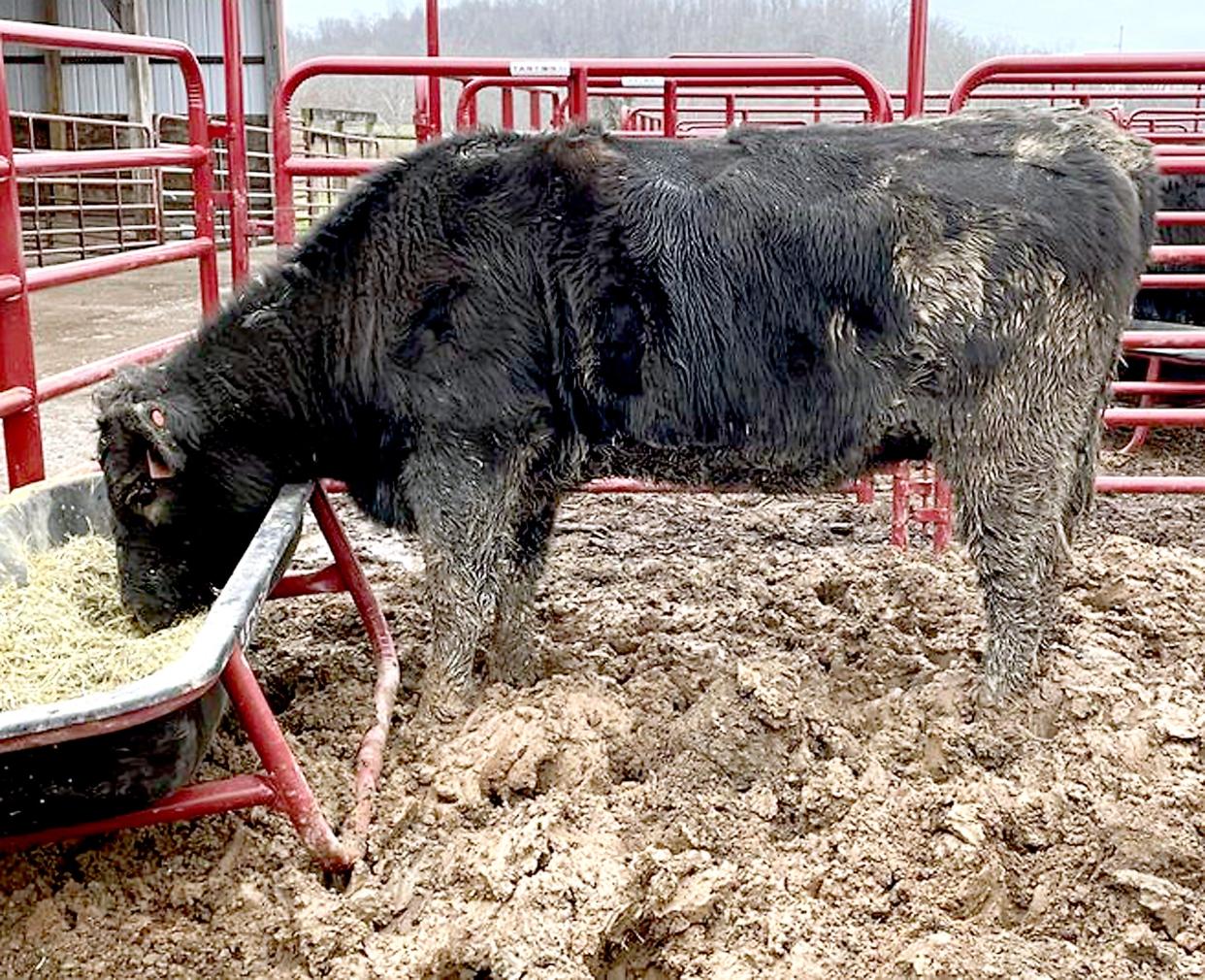Homegrown: Don’t let the performance of your cattle get stuck in the mud

For many cattle producers, spring and fall brings the dread of muddy pens or lots. This is especially true in parts of the U.S. that receive greater levels of precipitation. Animal stocking density, soil type and ground drainage also influence the severity.
The combination of mud and manure accumulation presents a problem for cattle producers. Extra energy is required by the animals to walk through mud, to the feed bunk, water tank or bedding pack.
Increased mud and manure affect animal cleanliness and the insulative properties of their hair coat. In cattle raised for beef, this presents potential food safety concern, including carcass contamination from the hide during slaughter and reduced dressing percentages. For cow/calf operations, it may lead to dirty udders that could spread disease and compromise the health of young nursing calves and cause calf loss.
Some research has been conducted using artificially produced mud to determine the impact of mud on cattle growth and feedlot performance. Data collected over a three-year period, published in a 1970 California Agriculture Bulletin, reported a reduced average daily gain (ADG) and feed efficiency by cattle in muddy pens compared with concrete pens that were cleaned weekly. During one of the years, shelters were offered and in muddy treatment pens the shelter floor was either wood or mud. Cattle in muddy pens chose to stand on the wooden floor under the shelter 73% of the time observed, compared with only 3% for pens with mud under the shelters. Muddy pens reduced ADG by 35.5% compared with concrete pens, but only 12% in muddy pens where cattle could escape the mud and stand on a wooden floor.
The frequency of pen cleaning also has an effect on the amount of mud or manure that accumulates. A study by Neville and others from North Dakota, published in Livestock Science Journal compared the feedlot performance of steers in open dirt pens that were cleaned with different frequency over the course of 195 days (October to May). All pens were provided with fresh straw bedding weekly. Pens either were not cleaned, the concrete aprons were cleaned twice, or the entire pen was cleaned twice throughout the feeding period. Although pens and animal hide cleanliness scores were better for the pens of cattle that were cleaned twice, no difference was observed for feedlot performance. These results may indicate that cleaning didn’t occur frequently enough, pens were not designed to drain appropriately, soil type may have been conducive to producing mud or straw bedding mitigated treatment differences.
Managing mud can be a challenge. Michigan State University Extension recommends that producers consider management practices that allow cattle a place to escape from muddy conditions and lie down in a cleaner, drier environment. Cattle forced to deal with mud have increased net energy demand to maintain and increase weight. The energy demands are likely to increase with the increasing severity of muddy conditions, as well as other weather-related factors such as low temperature, rain, snow and wind. If cattle are unable to escape muddy conditions at your operation, consider supplying additional energy in the diet to compensate for increased energy demand from mud.
This article originally appeared on Sturgis Journal: news

